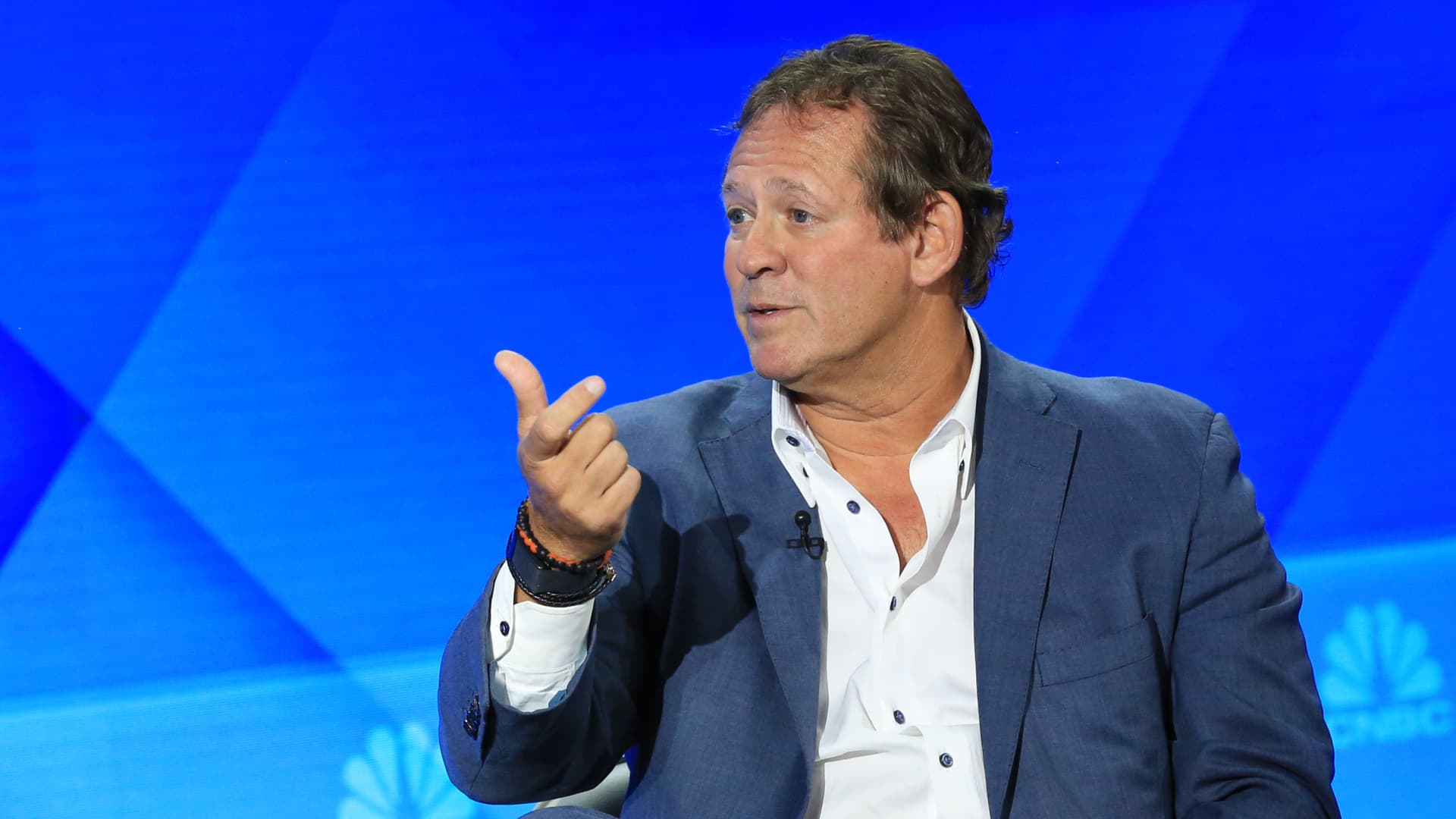With the tariff-induced volatility in the rearview mirror, BlackRock’s Rick Rieder has once again set his sights on high-yield bonds. Yet, he is sticking with those that have maturities of three to five years. That is because he expects more volatility in long-end rates. Yields on 10- and 30-year Treasurys spiked on Monday after Moody’s downgraded the U.S. credit rating one notch to Aa1 from Aaa late Friday. The 30-year hit a high of around 5.03%, while the 10-year at one point topped 4.5%. Rieder, Blackrock’s chief investment officer for global fixed income, had recently reduced some of the high-yield exposure in the exchange traded fund he manages, the iShares Flexible Income Active ETF (BINC) . The bonds were hit in early April after President Donald Trump announced his tariff policy, sending many investors fleeing to safer assets. BINC YTD mountain iShares Flexible Income Active ETF in 2025 Still, Rieder is convinced that any economic pullback will be short lived and thinks the U.S. economy is in good shape. He is now adding more higher-yielding assets back into his portfolio. “U.S. high yield is still attractive — but higher quality,” he said. BB-rated bonds, the highest rated of the non-investment grade tranche, trades rich since it gets crossover buyers from investment grade, Rieder said. He doesn’t own any CCC-rated bonds, which he said could see defaults if there is an economic slowdown. The B-rated segment is the “sweet spot,” he noted. “You get yield,” he added “Credit is in as good a shape as I’ve seen it in 30 years.” BINC, which began trading publicly on this date two years ago and now has more than $9 billion in assets, currently has nearly 40% of its portfolio in high-yield corporates and loans. Of that, the majority is in U.S. high-yield corporate bonds. The exchange-traded fund has a 30-day Securities and Exchange Commission yield of 5.57% and a net expense ratio of 0.4%. Rieder likes agency mortgage-backed securities on the other side of high yield as a barbell approach. The assets are debt obligations backed by the government, meaning there is little credit risk. Their cash flows are tied to the interest and payment on pools of mortgages. “When rate volatility picks up, it can cheapen up mortgages,” he said. “So we added some mortgage paper.” Rieder has also recently been adding European sovereign bonds from Germany, as well as some peripheral sovereigns such as France, Ireland, Spain and Italy. He’s focusing on the five- to 10-year part of the curve. “As a dollar investor, because of the FX [currency] swap … European rates are pretty interesting,” Rieder said. After several years of negative interest rates, “now you’re getting to buy yields with a steep yield curve,” he added.





